Mini House: The Future of Compact and Efficient Living
More people and families are searching for creative ways to live sustainably and affordably as housing costs continue to rise and available space becomes more scarce. The answer? tiny homes. As an alternative to conventional, larger homes, mini houses, also referred to as tiny homes, are completely changing the way people think about living areas. These small homes are a popular option for people who want to live a simpler, more purposeful lifestyle because they are made to maximize space, cut expenses, and lessen their impact on the environment.
In this article, we’ll explore the concept of mini houses, the benefits they offer, and the factors to consider when making the transition to this minimalist style of living.
What Is a Mini House?
A mini house is a small, fully functional dwelling that typically ranges from 100 to 400 square feet. Despite their size, mini houses are designed to provide everything you need for comfortable living, including sleeping areas, kitchen facilities, and a bathroom. Mini houses can be either stationary or mobile, with the latter often referred to as tiny homes on wheels.
These homes are designed to optimize space through clever layouts, multifunctional furniture, and smart storage solutions. They focus on the essentials, encouraging a lifestyle of simplicity and efficiency. Whether built on a foundation or mounted on a trailer, mini houses are an increasingly popular choice for individuals and families seeking an affordable, sustainable alternative to traditional housing.
Benefits of Living in a Mini House
1. Cost-Effectiveness
One of the most compelling reasons people choose mini houses is the significant cost savings. Traditional homes, with their larger square footage and high maintenance costs, can be financially overwhelming. Mini houses, on the other hand, offer a more affordable option, both in terms of initial purchase price and ongoing expenses.
Because mini houses are smaller, they typically require fewer materials to build, reducing construction costs. Additionally, their smaller size leads to lower utility bills, such as heating, cooling, and electricity, making them an attractive option for those on a budget.
2. Sustainability and Environmental Benefits
Mini houses are an eco-friendly alternative to traditional housing. Their small size means they use fewer resources during construction, and many mini houses are built with sustainable materials like reclaimed wood, recycled insulation, and energy-efficient appliances. Additionally, the smaller footprint of a mini house means it requires less energy to heat and cool, reducing your overall carbon footprint.
Many tiny homes are also designed to be off-grid or have minimal reliance on municipal services, such as water and electricity, further reducing their environmental impact. For those who are passionate about sustainable living, mini houses are a perfect fit.
3. Freedom and Flexibility
Another significant benefit of mini houses, especially mobile tiny homes, is the freedom and flexibility they offer. Because tiny homes on wheels can be moved from one location to another, owners have the ability to explore new places without the need to sell their property or uproot their lives.
This mobility appeals to people who want to travel or live in multiple locations without the commitment of a traditional home. It’s also ideal for individuals who prefer a minimalist lifestyle and want the ability to move to a new environment when they desire.
4. Simplified Living
Living in a mini house encourages a simplified, minimalist lifestyle. With limited space, individuals must prioritize what they truly need and value. This leads to less clutter and more mindful consumption. Many mini house owners find that living in a smaller space helps them focus on what truly matters in life, such as experiences, relationships, and personal growth.
Moreover, the design of mini houses often incorporates multifunctional furniture, such as fold-out tables, convertible sofas, and wall-mounted storage, which helps maximize space and encourages a more organized, efficient lifestyle.
5. Quick and Easy Maintenance
Due to their small size, mini houses are easier to maintain compared to traditional homes. Cleaning and upkeep are quicker, and there are fewer areas that require attention. With fewer appliances, fixtures, and larger systems to maintain, mini house owners often find that their living space requires less time and money to upkeep.
Considerations When Moving to a Mini House
1. Zoning and Building Codes
Before deciding to live in a mini house, it’s important to check local zoning laws and building codes. Some areas have strict regulations regarding the size and type of homes that can be built or placed on a property. If you’re considering a mobile mini house, you may need to look into parking regulations and permits for living in an RV or tiny home.
It’s essential to do thorough research and ensure that your mini house is compliant with the laws in your area. Some regions may have more relaxed regulations for tiny homes, especially in rural or off-grid areas, but urban areas often have stricter rules.
2. Storage Space
One of the biggest challenges of living in a mini house is the limited storage space. While creative storage solutions can help maximize available space, it’s important to be mindful of how you store and organize your belongings. You may need to downsize your possessions significantly to fit them into your new home, which can require a shift in mindset for those used to larger living spaces.
However, many mini house owners find that having less space leads to greater freedom from material possessions and encourages a more intentional approach to what they own.
3. Comfort and Space Constraints
Although mini houses are designed to be functional, they may not be ideal for everyone. Families with children or individuals who need a lot of space may find the small living quarters cramped. Additionally, the smaller living area can make it difficult to entertain guests or have private spaces, which may be a consideration for some.
If you’re used to having large rooms and ample personal space, living in a mini house may require an adjustment period. However, many mini house residents find that the benefits of smaller living far outweigh the challenges once they adapt.
4. Financing Options
Financing a mini house can be different from purchasing a traditional home. Because of their smaller size, many mini houses do not qualify for traditional mortgages. You may need to explore alternative financing options, such as personal loans, RV loans, or even crowdfunding for your mini home purchase. If you’re considering a mobile mini house, it may be treated as an RV, which could affect your loan options and interest rates.
It’s essential to understand the financial implications of owning a mini house and work with a financial advisor to find the best financing option for your situation.
Conclusion
Mini houses represent a shift toward a more sustainable, affordable, and intentional way of living. With their compact size, innovative design, and minimalistic approach, these homes offer a unique solution to the rising cost of housing and environmental concerns. Whether you’re looking to downsize, reduce your ecological footprint, or gain more freedom, a mini house could be the perfect option for you.
However, before making the transition, it’s important to consider factors such as zoning laws, storage needs, and the comfort of your living space. By doing thorough research and planning, you can enjoy the many benefits that come with living in a mini house while embracing a simpler, more fulfilling lifestyle.
FAQs About Mini Houses
1. How much does a mini house cost?
The cost of a mini house can vary widely depending on size, materials, and customization options. On average, a tiny home can cost anywhere from $30,000 to $100,000, with mobile homes typically being more affordable than stationary ones.
2. Can I build my own mini house?
Yes, many people choose to build their own mini houses to save money and personalize the design. However, building a tiny home requires knowledge of construction and building codes, so it’s important to do thorough research before beginning the project.
3. Are mini houses energy-efficient?
Mini houses are generally more energy-efficient than larger homes because they require less energy to heat and cool. Many tiny homes are built with sustainable materials and feature energy-efficient appliances, making them an eco-friendly choice.
4. Can mini houses be moved?
Yes, some mini houses are built on wheels and can be moved to different locations. These are often referred to as tiny homes on wheels, offering flexibility and mobility for those who wish to travel or relocate frequently.
5. How do I find a place to park my mini house?
Finding a place to park your mini house depends on local zoning regulations. Some areas allow tiny homes on private land, while others may have restrictions. You can also look into RV parks or tiny house communities, which offer designated spaces for parking and living in a mini home.
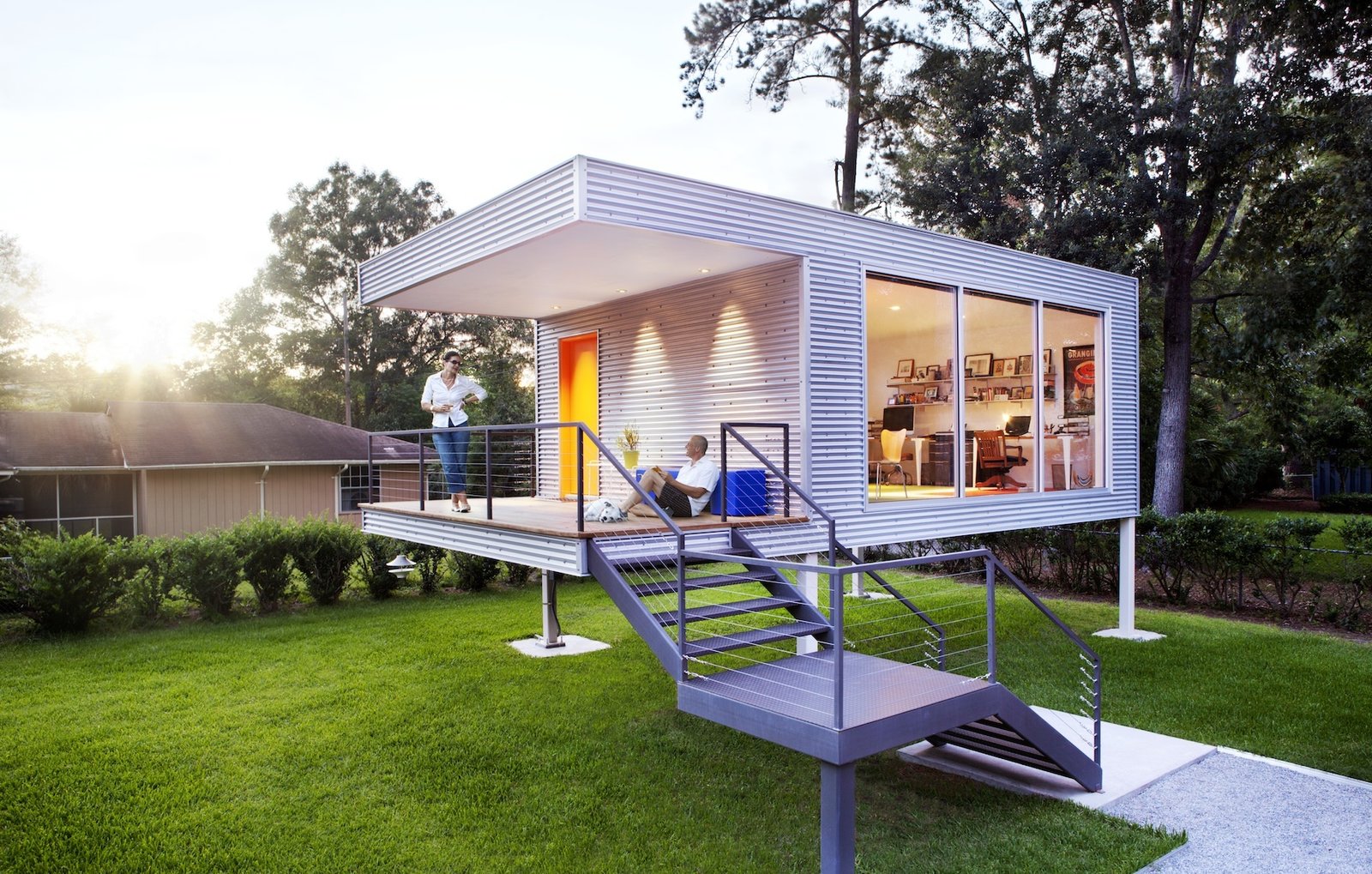

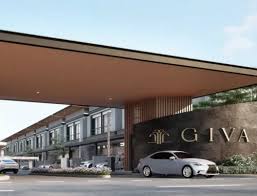
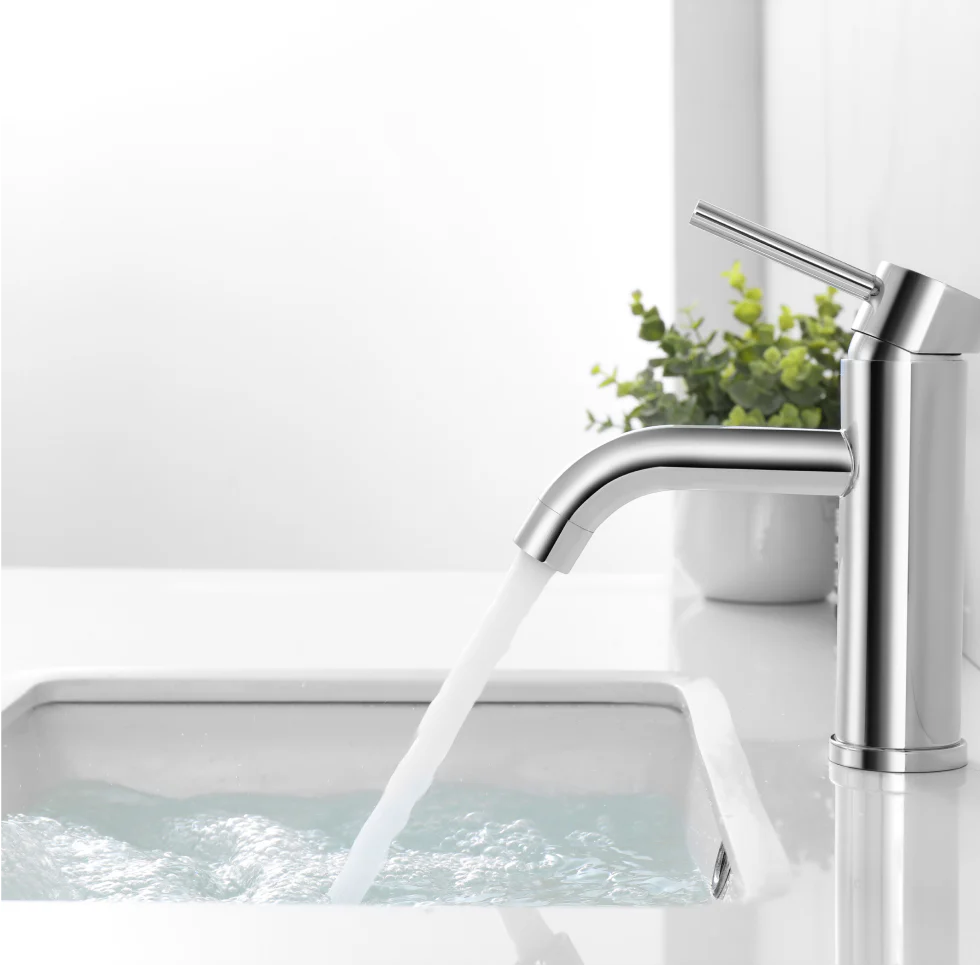


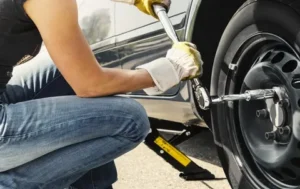
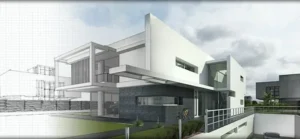






Post Comment